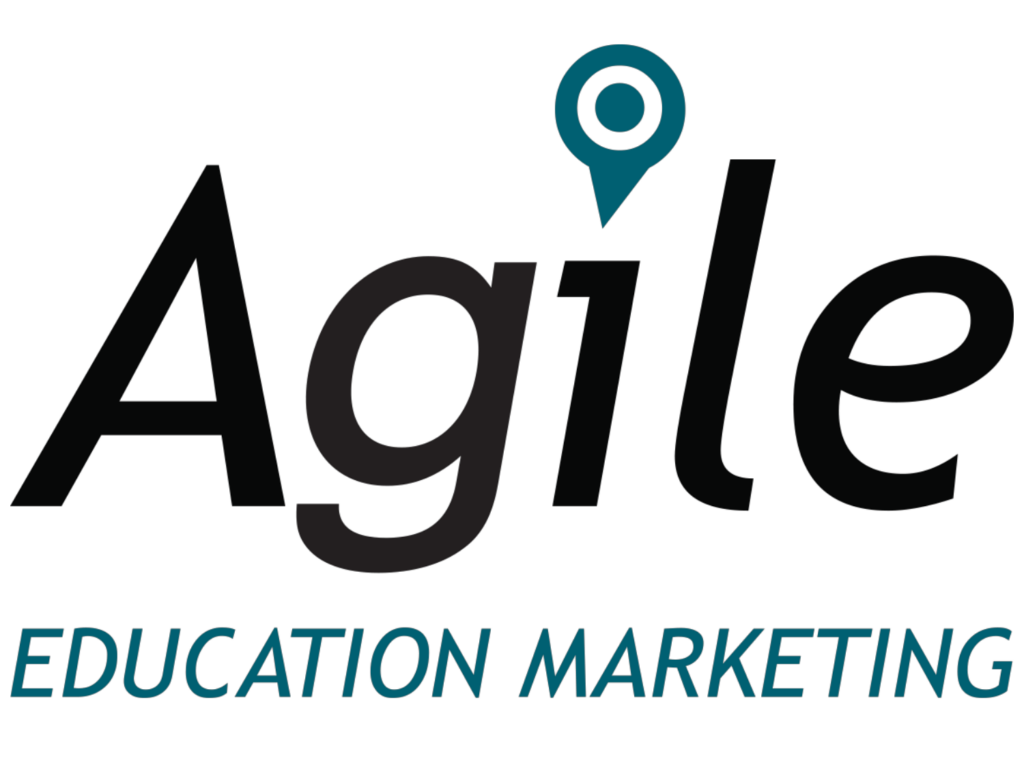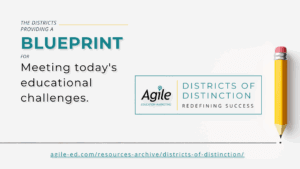When you think about the U.S. education system, it’s easy to picture classrooms full of students—but behind those classrooms stands one of the largest professional workforces in the country. For education vendors, this massive group of teachers, administrators, and support staff represents not just numbers, but the decision-makers and influencers who drive purchasing and adoption.
Understanding how many education workers are in the U.S., and how they’re distributed across roles, institutions, and sectors, can help you identify audiences, tailor solutions, and build outreach strategies that actually resonate. Read on to learn more.
The Total Number of Education Workers in the U.S.
According to the most recent research from the U.S. Bureau of Labor Statistics (BLS), educational services—from schools and colleges to universities and training centers—employed about 13 million workers.* This workforce includes not only public school teachers, but also bus drivers, administrators, cafeteria staff, and more, with roughly three-quarters working in the public sector.
Here’s a breakdown of education workers, according to BLS data:
K–12 Education Workforce
In the 2023 school year, local public school districts made up the largest share of the education workforce, employing about 7.3 million people in elementary and secondary schools. Another 934,000 worked in private K–12 schools, while smaller numbers were employed at the state level (about 62,000) and federal level (just over 5,000).
Higher Education Statistics
Higher education added another large segment to the workforce. State-run colleges, universities, and professional schools employed roughly 1.7 million people, while privately operated institutions accounted for about 1.26 million. Local governments employed nearly 70,000 workers in higher education settings, with federal institutions adding a little over 5,000.
Technical, Trade + Specialized Instruction
Outside of traditional K–12 and higher ed, the Bureau of Labor Statistics notes that most jobs in technical and trade schools, as well as other specialized instruction, were concentrated in the private sector. In 2023, privately owned trade schools employed around 122,000 workers, and other private instructional establishments added more than 500,000.
Who Counts as an Education Worker?
When we talk about the education workforce, it’s easy to think only of public school teachers, but the reality is much broader. Education workers include the entire network of professionals who keep schools, colleges, and training centers running, from classrooms to cafeterias to IT hubs.
The full scope of education workers in the United States includes:
- K–12 educators and staff: In elementary and secondary schools, education employees include teachers, administrators, paraprofessionals, and specialists who support both instruction and student well-being.
- Higher education professionals: Colleges and universities add professors, adjunct faculty, deans, registrars, and a broad range of staff who handle services for students, research, and campus operations.
- Early childhood educators: Preschool teachers, childcare providers, and program directors play a critical role in laying the foundation for lifelong learning.
- Support and operations staff: Schools and colleges also rely on counselors, librarians, IT staff, facilities managers, food service teams, and transportation personnel to keep daily operations running smoothly.
Together, these roles form one of the largest and most diverse professional ecosystems in the country.
Why the Education Workforce Matters for Education Solution Providers
Each segment—from K–12 teachers to higher ed administrators and support staff—plays a different role in purchasing, implementing, or influencing decisions. Tailoring outreach and solutions to meet the specific needs and priorities of each group can make the difference between a message that gets noticed and one that gets overlooked.
Inside the Numbers: A Closer Look at the Education Workforce
Let’s take a closer look at what these figures reveal about the composition of the education workforce—and what solution providers need to know to reach and engage the right audiences:
Public vs. Private Employment
Public schools and colleges employ the majority of education workers, often featuring more standardized staffing patterns, with clearly defined roles and hierarchical decision-making. Budgets are typically guided by state and local funding priorities, which can affect purchasing decisions and timelines each school year.
Private schools, while smaller in workforce size, remain equally important. Staffing is generally more flexible, with administrators often wearing multiple hats and decision-making centralized at the institution level. Budgets are typically self-directed, allowing for quicker adoption of new programs or technologies.
Educational Attainment
Education requirements differ widely across sectors. K–12 teachers usually hold bachelor’s degrees, while higher education faculty often have master’s or doctoral degrees. Adult education instructors generally hold a bachelor’s degree, with practical experience and specialized training highly valued. Conversely, support staff, such as custodians or food service employees, may need only a high school diploma or equivalent.
Unpacking Education Workforce Trends
Education is changing fast, and these shifts are transforming both classrooms and who calls the shots on purchases and programs. Here’s a look at the key trends shaping K–12 and higher education today:
Teacher Shortages and Hiring Challenges
Recent K–12 Dive data points to roughly 55,000 unfilled K–12 teaching positions nationwide, highlighting how teacher shortages are transforming classrooms across the country. Retirements, burnout, and difficulty attracting qualified candidates in certain regions are leaving gaps in occupations that schools urgently need to fill. For solution providers, this creates a real opportunity to offer tools and programs that support recruitment, retention, and professional development.
Growth in Student Support Roles
Student support roles are on the rise, from mental health counselors to special education specialists and IT staff. Schools and districts are investing in these positions to better meet diverse student needs and adapt to changing regulations. For vendors, these professionals are key decision-makers for solutions that enhance student well-being and academic success.
Rising Demand for Digital Learning Support
The shift toward digital and hybrid learning in recent years is accelerating, and schools need staff who can manage technology, virtual classrooms, and IT infrastructure. This trend creates openings for providers with solutions that streamline technology adoption, improve digital learning experiences, and support tech-savvy staff.
What the Education Workforce Means for Vendors Targeting Schools
To make the most of the education workforce data, solution providers need a clear strategy. Discover four actionable ways vendors can maximize engagement with schools:
1. Identify the Full Market to Pinpoint Key Decision-Makers
Understanding the makeup of the U.S. education workforce isn’t just about numbers; it’s about knowing who really drives decisions. Teachers, administrators, IT staff, counselors, librarians, and support specialists all influence what gets purchased and implemented. By mapping these stakeholders, vendors can tailor solutions and messaging that resonate with the right people, ensuring outreach hits the audiences who actually shape school decisions.
2. Target Outreach Based on Workforce Insights
Workforce trends give vendors a roadmap for smarter outreach. K–12 schools with growing student support teams may be most receptive to tools for counseling, mental health, or special education. Meanwhile, higher education institutions are often focused on technology and IT support for digital learning. By factoring in regional differences, public versus private structures, and trends like teacher shortages or digital adoption, vendors can target the right schools at the right time with the right message.
3. Align Solutions With Stakeholder Needs
Knowing who holds influence allows vendors to match solutions with real-world priorities. This helps:
- Focus resources strategically
- Craft messaging that speaks directly to each audience
- Anticipate where products will have the biggest impact
Treating the education workforce as a dynamic ecosystem, rather than a single uniform group, lets vendors demonstrate relevance and drive measurable results across K–12, higher education, secondary education, and adult learning.
4. Prioritize High-Impact Opportunities
In K–12, expanding student support teams highlights opportunities for curriculum tools, mental health resources, and special education solutions. At the same time, enrollment numbers at private and charter schools continue to increase. Higher education is seeing rising demand for IT and digital learning support, while adult education programs benefit from workforce training and professional development tools. By zeroing in on high-impact areas, vendors can focus their offerings where they’re needed most and deliver real value to schools and colleges.
Turn Workforce Insights Into Market Success
With millions of education workers across the U.S., the sector is vast, dynamic, and constantly evolving. That makes workforce insights more than just numbers—they’re actionable intelligence, showing who holds influence, where decisions are made, and how your products or services can address real needs.
Agile Education Marketing provides accurate, up-to-date workforce data spanning K–12, higher education, early childhood, and adult learning. These insights help vendors spot high-impact opportunities, craft messaging that truly resonates, and execute targeted outreach with confidence.
Ready to turn workforce knowledge into measurable results and connect with the right school decision-makers? Discover how Education Data Services from Agile Education Marketing can give your outreach a strategic edge.



